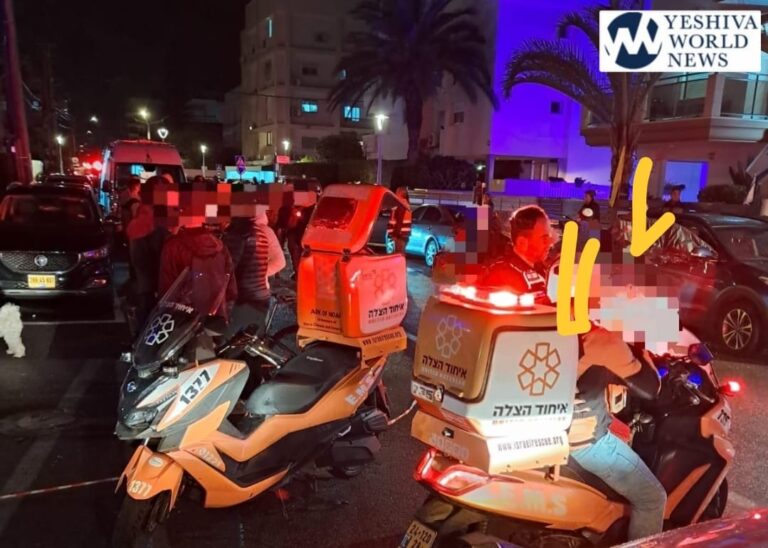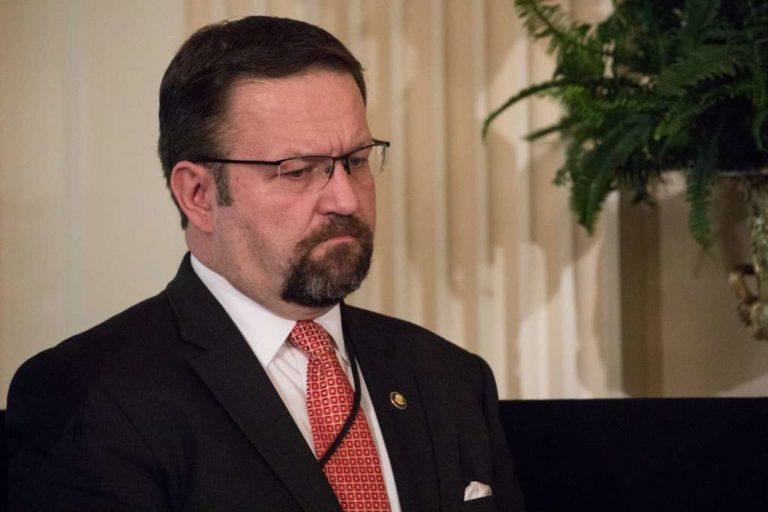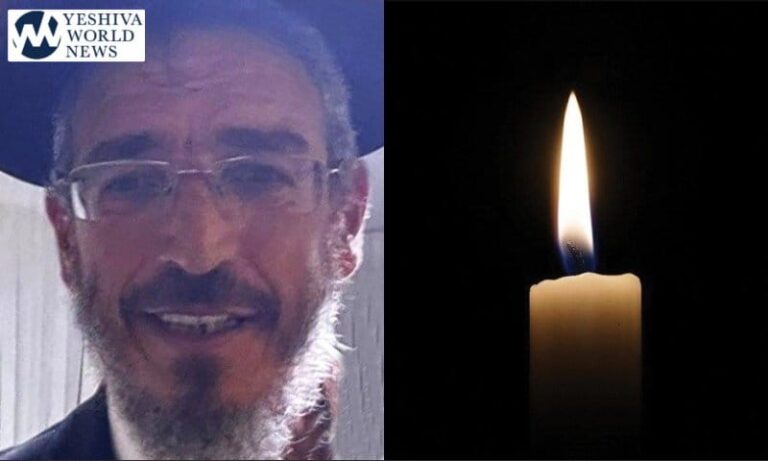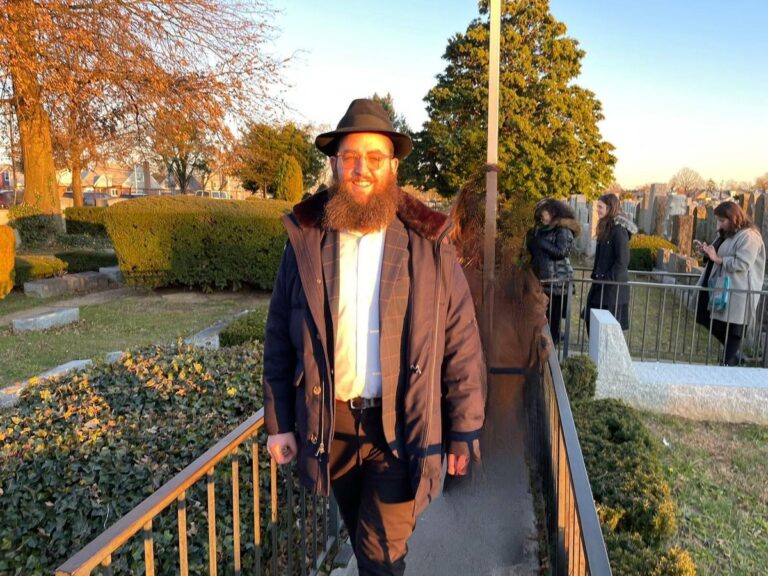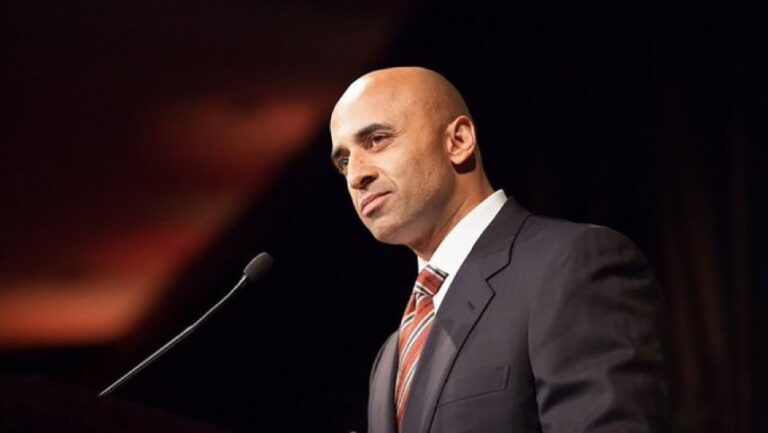 One black man is shot dead by police while selling CDs outside of a convenience store in Louisiana. A day later, another is fatally shot by an officer in Minnesota during a traffic stop over a tail light. The two killings captured on video and broadcast across the world have left many African-Americans seething and disconsolate, and wondering if they ever will see an end to the drumbeat of minority death at the hand of law enforcement in the United States.
One black man is shot dead by police while selling CDs outside of a convenience store in Louisiana. A day later, another is fatally shot by an officer in Minnesota during a traffic stop over a tail light. The two killings captured on video and broadcast across the world have left many African-Americans seething and disconsolate, and wondering if they ever will see an end to the drumbeat of minority death at the hand of law enforcement in the United States.
In interviews, in social media posts, through uploaded video and on urban radio stations across the country, black and Latinos expressed emotions ranging from rage to fear, from confusion to gloom.
“We are under attack! It’s clear as day! Less than 24 hrs later another body in the street!” 49ers quarterback Colin Kaepernick wrote in an Instagram message responding to the death of Philando Castile, a Minnesota resident killed during a traffic stop. He linked to a video of the aftermath of Castile’s shooting.
A day earlier, Kaepernick posted a video of the death of 37-year-old Alton Sterling in a Baton Rouge, Louisiana, convenience store, shot at close range after being pinned down by two officers.
“This is what lynchings look like in 2016!” Kaepernick wrote.
But there was no time to finish public grieving for Sterling before Castile was killed, and his girlfriend posted a video of the aftermath live on Facebook, bringing new horror into living rooms and offices: black men bleeding, black men dying after an encounter with police.
Nakia Jones, a black police officer in Warrensville Heights, Ohio, posted an online video in which she demanded the resignation of any white officer who is afraid of black people: “How dare you stand next to me in the same uniform and murder somebody. How dare you?”
“You have no business in that uniform,” she said. “Take it off.”
Blacks and Hispanics were not alone in their revulsion.
“Nobody should be shot and killed in Minnesota for a tail light being out of function,” Minnesota Gov. Mark Dayton said. “Would this have happened if those passengers would have been white? I don’t think it would have.”
Visiting family in Kansas City, Missouri, Jeff Hoyt, a 55-year-old white man from Spartanburg, South Carolina, said he was horrified by the video of the Louisiana shooting.
“What can you say — that was flat-out murder, at least what I saw on camera,” he said.
But minorities — distraught not just because of a series of high-profile police shootings in recent years, but also because of the long history of violence in America — expressed particular despair. Of a least 509 recorded killings by police this year, according to The Washington Post, 123 were blacks.
The shootings trigged protests and vigils in Louisiana, Minnesota and other states with pending cases involving police shootings. Some were infuriated, reduced to using expletives to describe what had happened, while others said the deaths underscore that minorities still have reason to fear police.
Greg Davis, a financial adviser and father of two who lives in Rio Rancho, New Mexico, said that as a dad he couldn’t help but be affected by the shootings. “This is motivating me to do all I can to mentor young people and prepare them,” Davis said. “Like I was told, ‘You have to do everything to make a police officer feel comfortable.’ ”
Horace Small, executive director of the Union of Minority Neighborhoods, an anti-poverty group in Boston, said he heard similar advice as a child, and he passed it on to his son. “There isn’t a black man I know — and there isn’t a Puerto Rican man I know — who didn’t have to tell their children at the age of 4 about police,” Small said. “But you also told them the police are not your friends.”
Now, he said, “I’m exhausted. I just don’t know what else we can do other than start boycotting.”
Many people described feeling tired. Tired of the killing. Tired of the lack of change. Some hailed the videos as proof that the treatment of blacks by police no longer can be ignored, while others saw the deaths as numbingly normal.
Louisiana State Rep. C. Denise Marcelle, a black former city council member who closely tracks police issues and is now a candidate in the Baton Rouge mayor’s race, described “problems from as far back as I can remember” and high levels of distrust in the black community for the police.
At lunchtime in the Los Angeles neighborhood of Leimert Park, Gregory Dulan of the soul food restaurant Dulan’s talked to customers about the recent shootings. Everyone had seen the videos.
Dulan, 57, said more needed to be done to build community. Last year, Dulan brought several officers from the local police department in for breakfast.
“If we can do more of that and kind of thing and bring the groups together, maybe there will be less apprehension and a little bit less fear,” he said. “And maybe, maybe just a little bit more trust.”
Orlando Richards, a black construction worker from Queens, New York, said he believed the uniform made officers feel as if they are protected.
“This is America. It’s a normal part of life. It’s numbing now, and the press doesn’t help,” Richards said.
Still, he said, said his 12-year-old son wants to be a police officer.
In Atlanta, Randall Vaughn, 53, a barbershop owner, said after cutting the hair of a police officer: “I deal on a case-to-case basis. I deal with everyone on an individual level.”
“The guy who just left (his barbershop) is a really nice guy, family man and loving father and etcetera. No problem with him. The problem is that you have people with great intentions but part of a bad organization that is corrupt,” Vaughn said.
Jewel Hall’s son was killed by Saginaw, Michigan, police officers in 2012, shot 11 times. Now 84 and living in Rio Rancho, New Mexico, she believes little has changed.
“We just have all these videos telling us what we knew was happening all along,” Hall said. “And now you hear us because we can go on social media and yell.”
(AP)

